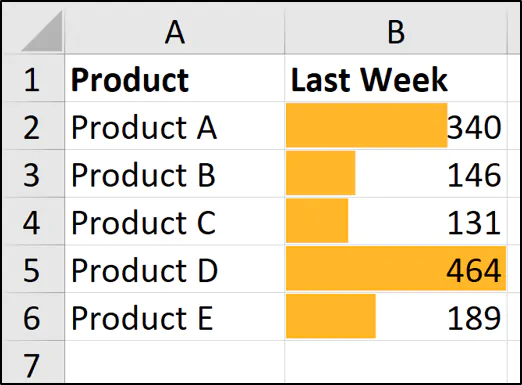Mastering Excel: Tab Through Sheets on Mac

One of the most powerful tools in a modern professional's toolkit is Microsoft Excel, particularly for those who rely heavily on data organization and analysis. For Mac users, navigating efficiently between multiple sheets within an Excel workbook can significantly enhance productivity. This comprehensive guide will walk you through how to tab through sheets on Mac, making your Excel experience smoother and more productive.
Understanding Excel Workbooks and Sheets


Before diving into the tabbing techniques, let’s briefly understand the structure of an Excel workbook:
- Workbook: A file in which you work and store your data, containing one or more worksheets.
- Worksheet (or Sheet): An individual page within a workbook where you can store and analyze data.
📋 Note: Workbooks can have multiple sheets, each capable of holding different sets of data or different aspects of the same project.
Why Tabbing is Important

Tabbing through sheets is not just about navigation; it’s about workflow efficiency:
- Time-saving: Faster navigation means less time spent searching for the correct sheet.
- Ease of Use: Intuitive navigation improves your focus on data analysis rather than on how to find the data.
- Productivity: Streamlined processes increase overall productivity, especially when dealing with complex datasets.
How to Tab Through Sheets on Mac

Here’s how you can quickly move between sheets in Excel on a Mac:
Using Keyboard Shortcuts

Excel for Mac provides several keyboard shortcuts to move through sheets:
- To move to the next sheet: Use
Ctrl + Page Down. - To move to the previous sheet: Use
Ctrl + Page Up.
💡 Note: These shortcuts work similarly on Windows as well, only replacing the 'Ctrl' key with 'Command' on Mac.
Navigating with the Mouse

For those who prefer or need to use the mouse:
- Click on the sheet tab you want to view. If there are many tabs, you might need to scroll through them first.
- You can also use the right-click or control-click on a sheet tab to access options like ‘Move or Copy’ or ‘Rename’, which can enhance your tabbing experience.
Using the Ribbon

Excel’s Ribbon interface also provides ways to manage and navigate sheets:
- Go to the View tab, and in the Window section, you can choose to ‘Switch Windows’ or ‘Arrange All’, which can help when working with multiple Excel workbooks at once.
Customization for Power Users

If you’re looking to customize your Excel experience:
- Create your own keyboard shortcuts via Excel’s Customize Keyboard option under the Options menu.
- Consider using Macros to automate repetitive sheet navigation tasks.
| Action | Shortcut |
|---|---|
| Move to Next Sheet | Ctrl + Page Down |
| Move to Previous Sheet | Ctrl + Page Up |
| Rename Current Sheet | Right-Click > Rename |
| Move or Copy Sheet | Right-Click > Move or Copy |

Advanced Tips for Sheet Management

Beyond basic tabbing, here are some advanced techniques:
Sheet Color Coding

Assign colors to sheets for quick visual identification:
- Right-click on the sheet tab and select Tab Color.
- Assign colors to sheets based on project stages, data types, or department functions.
Sheet Grouping

To perform actions across multiple sheets simultaneously:
- Hold down Command and click on the tabs you want to group.
- Any change made in one sheet will apply to all grouped sheets.
Quick Access Toolbar Customization

Customize the Quick Access Toolbar with sheet navigation tools:
- Add buttons for ‘Move to First Sheet’, ‘Move to Last Sheet’, and other sheet navigation commands.
📝 Note: Excel's capabilities for sheet management are extensive, ensuring that with a bit of setup, you can work more efficiently.
In this extensive guide, we've covered various methods for navigating through sheets in Excel on a Mac, enhancing your workflow, and making your data analysis more seamless. From simple keyboard shortcuts to advanced management techniques, mastering Excel on your Mac can transform how you handle data, leading to significant time savings and increased productivity. By integrating these methods into your daily work routine, you'll find yourself working smarter, not harder, allowing you to focus on the analysis and insights that matter most.
Can I use these shortcuts in all versions of Excel for Mac?

+
While these shortcuts are standard, they may vary slightly or be unavailable in very old or unsupported versions. Always check the specific shortcuts for your version of Excel.
What should I do if the default shortcuts are already in use by another application?

+
Navigate to Excel’s Options, customize the keyboard, and assign new shortcuts that are available.
Are there any limitations to working with grouped sheets?

+
Some actions like deleting or moving sheets can’t be performed on multiple sheets simultaneously. Also, be cautious with editing as changes will apply to all grouped sheets.



